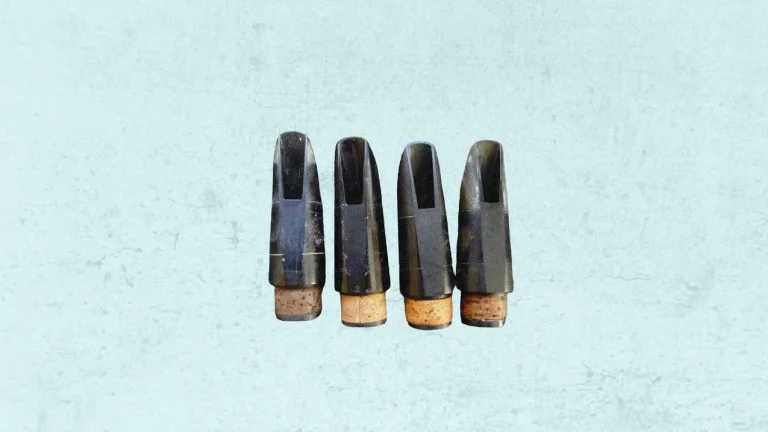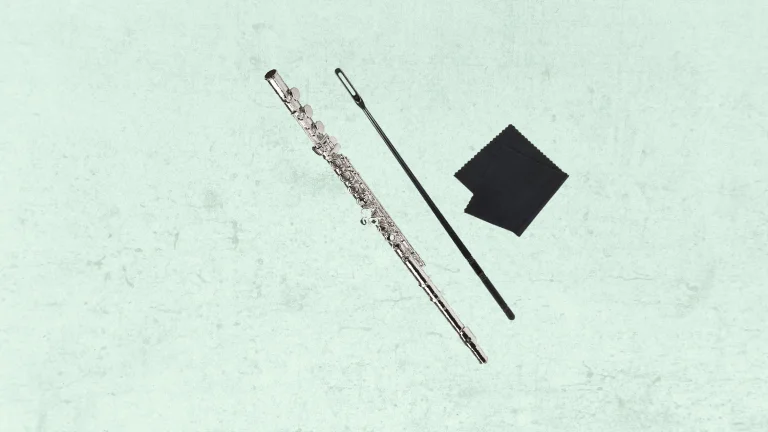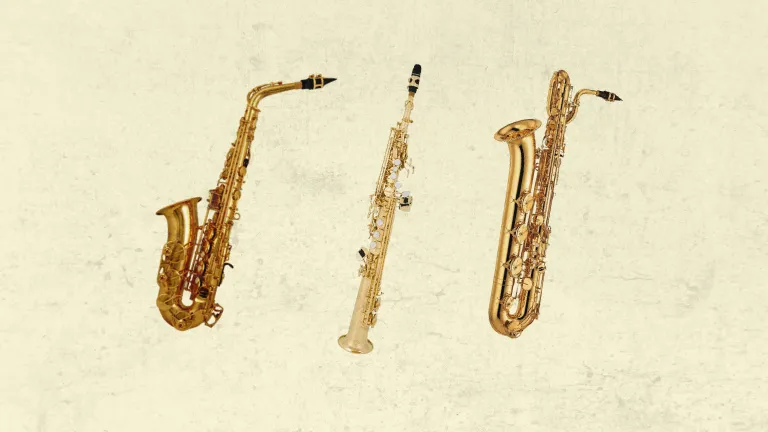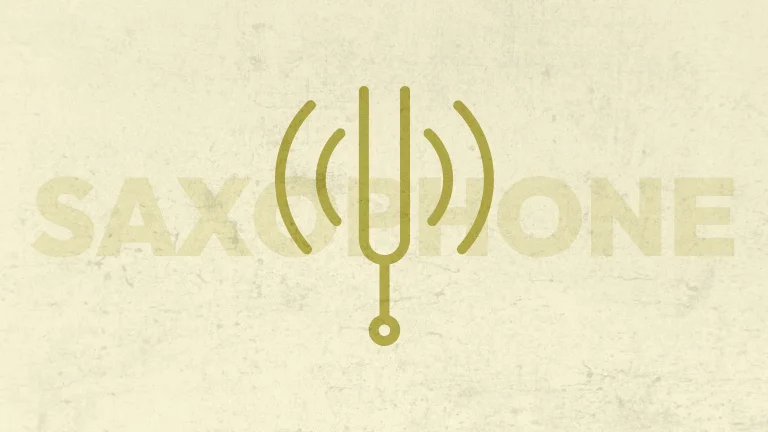Clarinets are a family of woodwind instruments known for their versatility and unique tonal qualities.
From the bright and agile soprano clarinet to the deep and resonant contrabass clarinet, all types of clarinets offer a distinct voice in the world of music.
You can find several details about clarinet types in the table below.
| Type | Key | Size | Range | Sound | Common Usage |
|---|---|---|---|---|---|
| Soprano Clarinet | Bb | Smallest | High | Bright | Classical, jazz, chamber music |
| Alto Clarinet | Eb | Smaller than soprano | Mid-range | Warm | Jazz, ensembles |
| Bass Clarinet | Bb or A | Larger than soprano | Lower mid-range | Mellow | Jazz, orchestras, concert bands |
| Sopranino Clarinet | Bb | Smaller than soprano | Very high | Bright | Specialized ensembles, contemporary |
| Contrabass Clarinet | Bb or A | Larger than bass | Very low | Deep | Specialized ensembles, experimental music |
What Are The Different Types Of Clarinets?
Below you will find important things about types of clarinets that will give you a better knowledge of your favorite musical instrument.
1. Soprano Clarinet
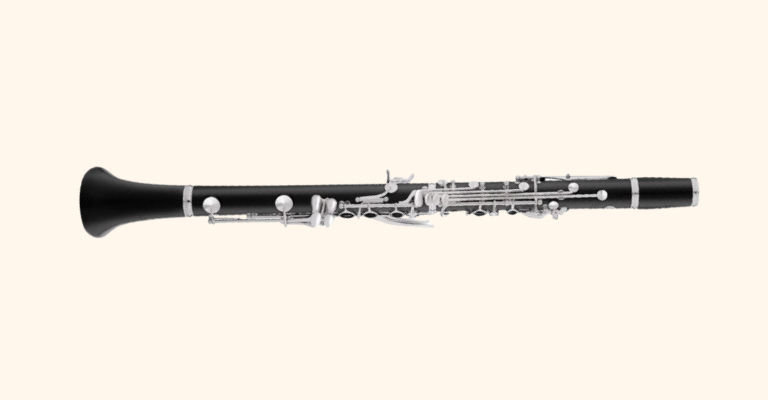
Soprano clarinets are the most common type and are known for their bright and agile sound. They are pitched in Bb and have the highest range among clarinets. Also, this is a great beginner clarinet type.
Soprano clarinets are a staple in classical music, jazz bands, and chamber ensembles, and are frequently featured in solo performances, displaying their expressive capabilities.
Famous musicians who play soprano clarinets are Benny Goodman, Sabine Meyer, and Richard Stoltzman.
2. Alto Clarinet
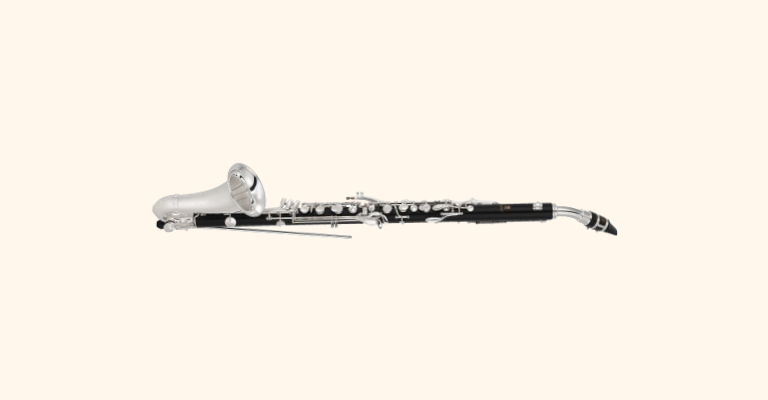
Alto clarinets, pitched in Eb, are smaller than soprano clarinets but larger than sopranino clarinets. It produces warm and expressive tones that blend well in wind ensembles and concert bands.
While less common in classical music, it plays a vital role in jazz, adding a rich and versatile voice to the ensemble. I love the sound of it and is one of my favorite types of clarinet.
Eddie Daniels and Larry Combs are famous for playing alto clarinets.
3. Bass Clarinet
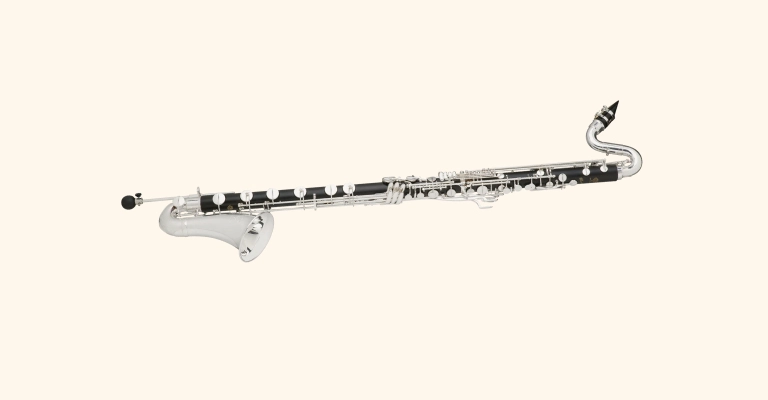
Bass clarinets, available in Bb and A keys, are larger than the soprano clarinet and produce rich and mellow tones. It plays an essential role in orchestras, concert bands, and jazz ensembles. Also, compared to the general cost of clarinets, the bass is one of the most expensive.
This type contributes depth and resonance to the overall sound. In addition, bass clarinets are often used in clarinet choirs to provide a solid foundation.
Some of my favorite clarinetists who play bass clarinets are Michael Lowenstern and Harry Sparnaay.
4. Sopranino Clarinet
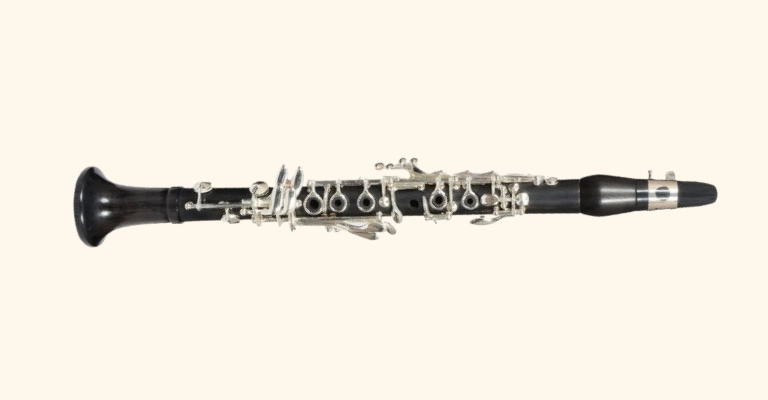
Another type of clarinet is the sopranino clarinet which is pitched in Bb. It’s smaller than the soprano clarinet and produces bright and piercing tones. There are various brands of clarinets that manufacture this type.
It has a very high range, making it suitable for specialized ensembles and contemporary music compositions. Its distinctive sound adds a unique dimension to experimental and avant-garde works.
Sopranino clarinets are not widely recognized and it’s a limited used woodwind instrument in traditional genres.
5. Contrabass Clarinet
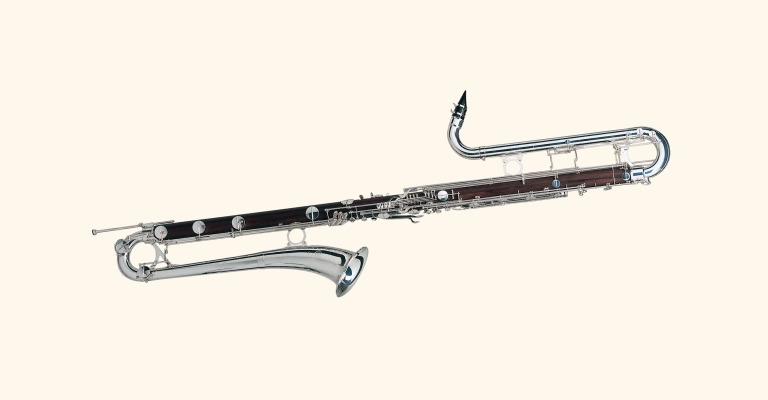
Contrabass clarinets are the largest and lowest-pitched instruments in the clarinet family. They are pitched in Bb or A and have deep and resonant sounds.
This type is a rarity in the world of woodwinds and contrabass clarinets are used in specialized ensembles and experimental music, offering a distinctive and powerful low-end presence.
Although it’s a rare type of clarinet and there might not be a huge amount of players, I love the sound of it.
Other Clarinet Types
As for other woodwind instruments, the clarinet family also includes some lesser-known and weird types.
One clarinet type that comes to mind is the basset clarinet. It’s similar to soprano clarinet but longer and has extra keys for lower notes.
Another type is contra-alto clarinet which is a transposing instrument. It’s tuned a perfect fifth lower than the B♭ bass clarinet.
A very distinctive clarinet type is clarinet d’amore. It looks like the Bb and A soprano clarinets, but it’s bigger and tuned in G.
Conclusion
Knowing the difference between different types of clarinets and their unique characteristics is good because it helps to better understand the musical instrument you love. I will be happy if you learn something new from this post and hope it gave you useful information. Also, read facts about clarinets.
